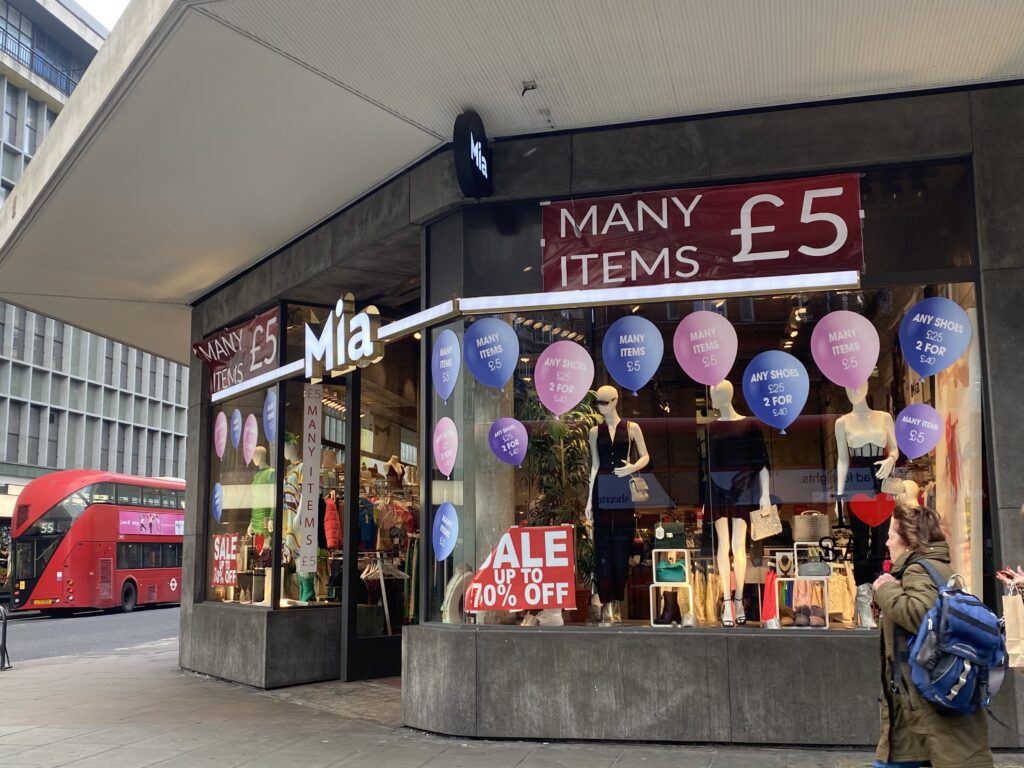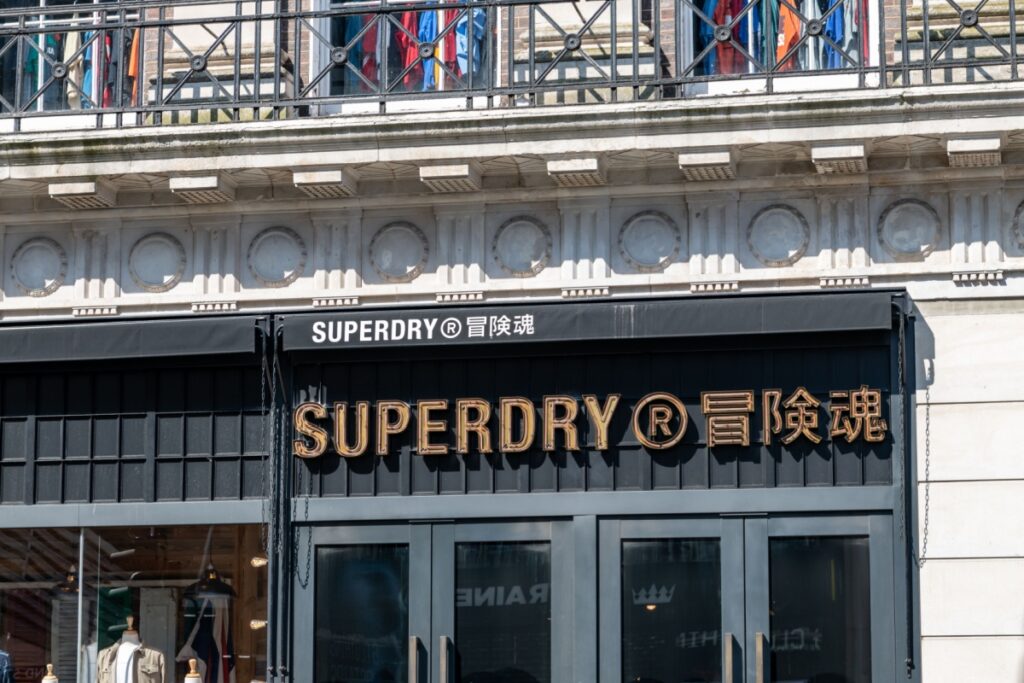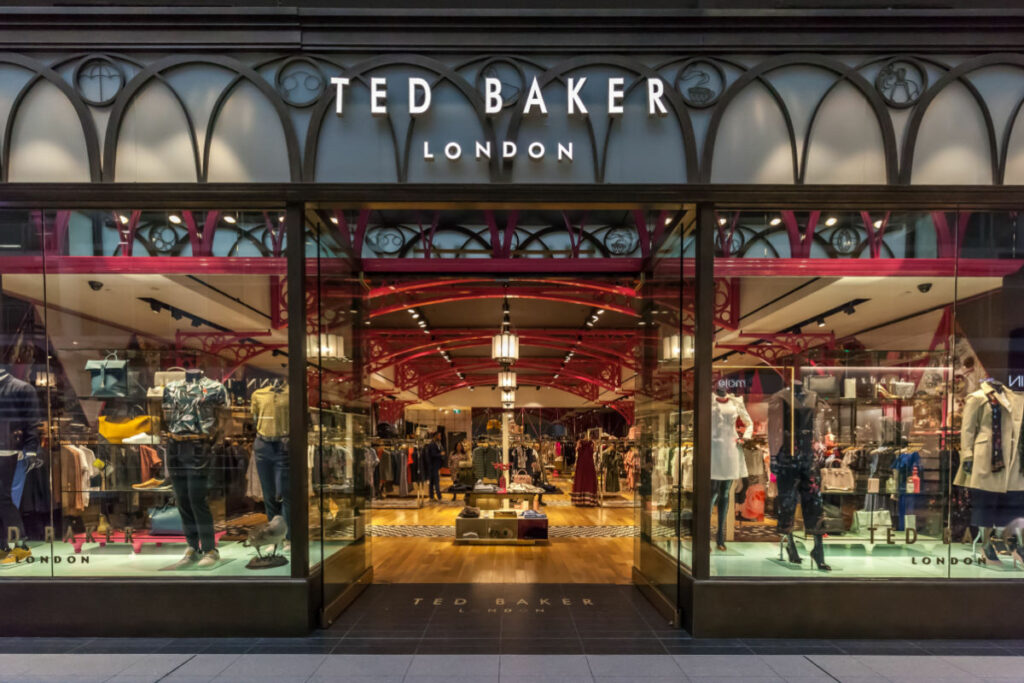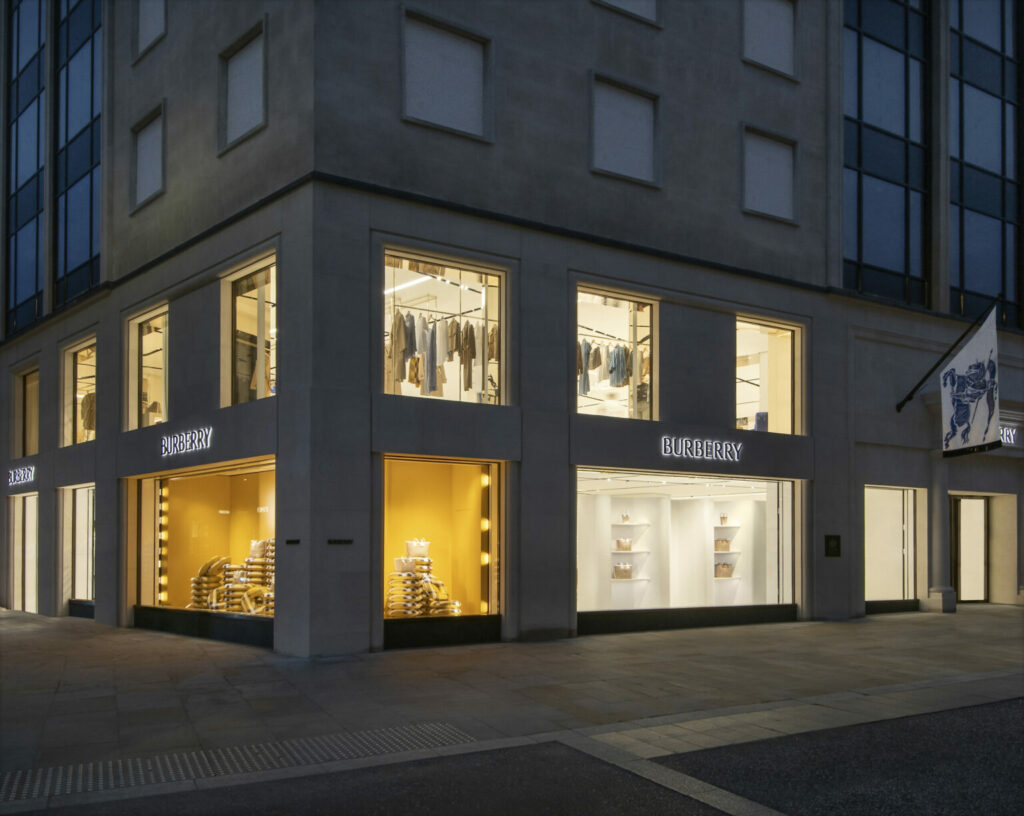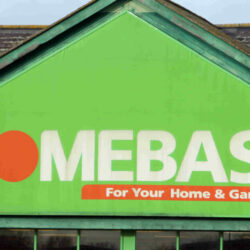Last year a spotlight was shone on the raft of American candy and souvenir stores that have sprung up on Oxford Street.
Even M&S chief executive Stuart Machin, who has been outspoken about the decline of the famous shopping street, warned that it is falling prey to a “growing proliferation of tacky candy stores”.
An investigation by Westminster City Council into the 30 stores that have cropped up on London’s famous shopping street found that tax evasion was rife. It is estimated that the companies owe taxpayers £9m in unpaid business rates.
However, they are not the only dubious fascias to set up shop on the famous shopping street.
Just moments from Oxford Circus, sitting opposite John Lewis is Mia London, a business with signs reading ‘Many Items £5’ plastered across its windows.
Mia London is housed in the former G-Star Raw store, which is clear to see as old G Star signage is still visible on the store’s walls.
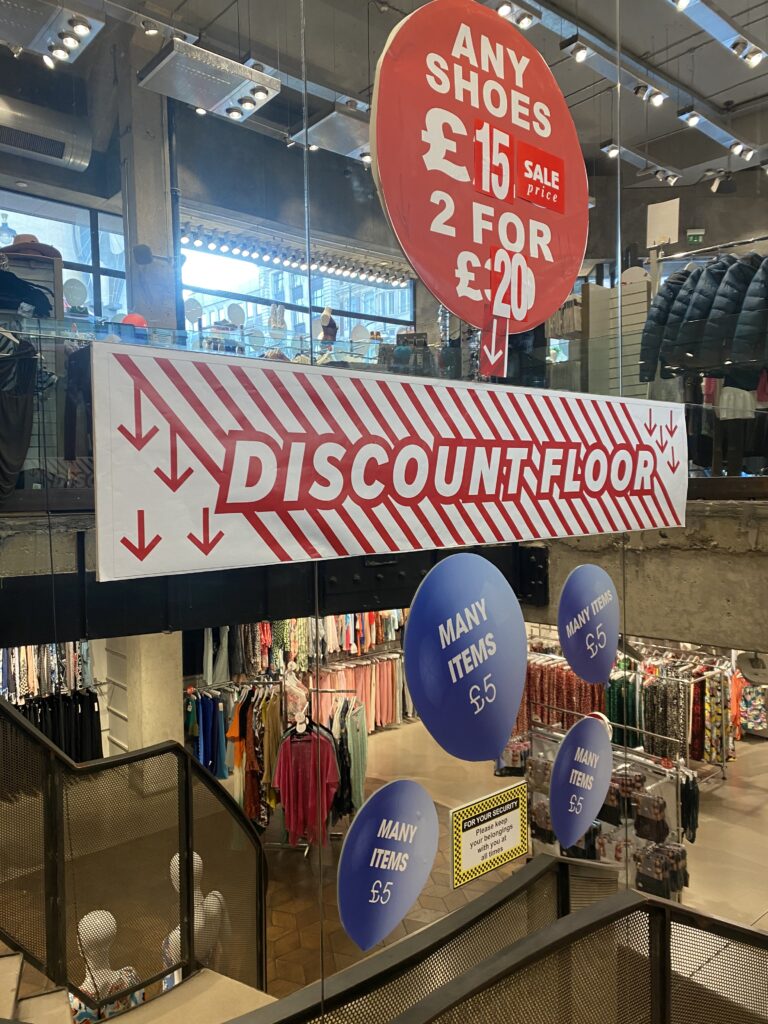
Until earlier this month when it was shuttered by debt collectors for missed rent payments, a very similar looking – and sounding – chain Mina London was also found at the former River Island flagship, just doors away.
There is undoubtedly a link between the two businesses. Both email addresses linked to the business have near identical names: Mia: [email protected], Mina: [email protected].
However, when Retail Gazette reached out to both businesses we were met by undeliverable Outlook messages which read “delivery has failed to these recipients”.
Direct messages through Instagram, where Mina London has just 25 followers and Mia has 440, were also left unopened.
Chaotic shopfloors and no refunds
While fast fashion giants like Primark and Polish giant Reserved have built impressive flagships on Oxford Street, Mia and Mina London have not.
The stores – and the garments sold – more closely resemble those of market traders with a variety of wholesale brands found on racks.
In Mia, Sale signs are slapped on every possible surface. On the chaotic-looking lower ground, where shoes are scattered across the floor, a giant whiteboard is found with messy deals scrawled across it.
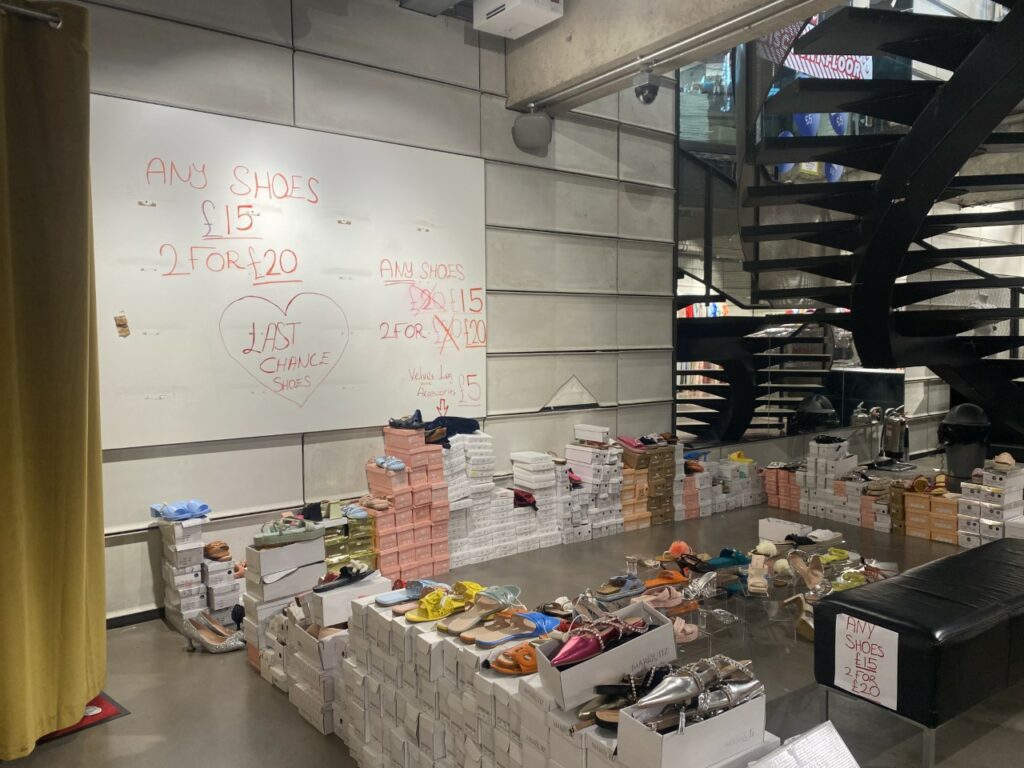
At the point of sale, signs tell customers ‘please do not ask for discounts’ and inform that no refunds are given on items.
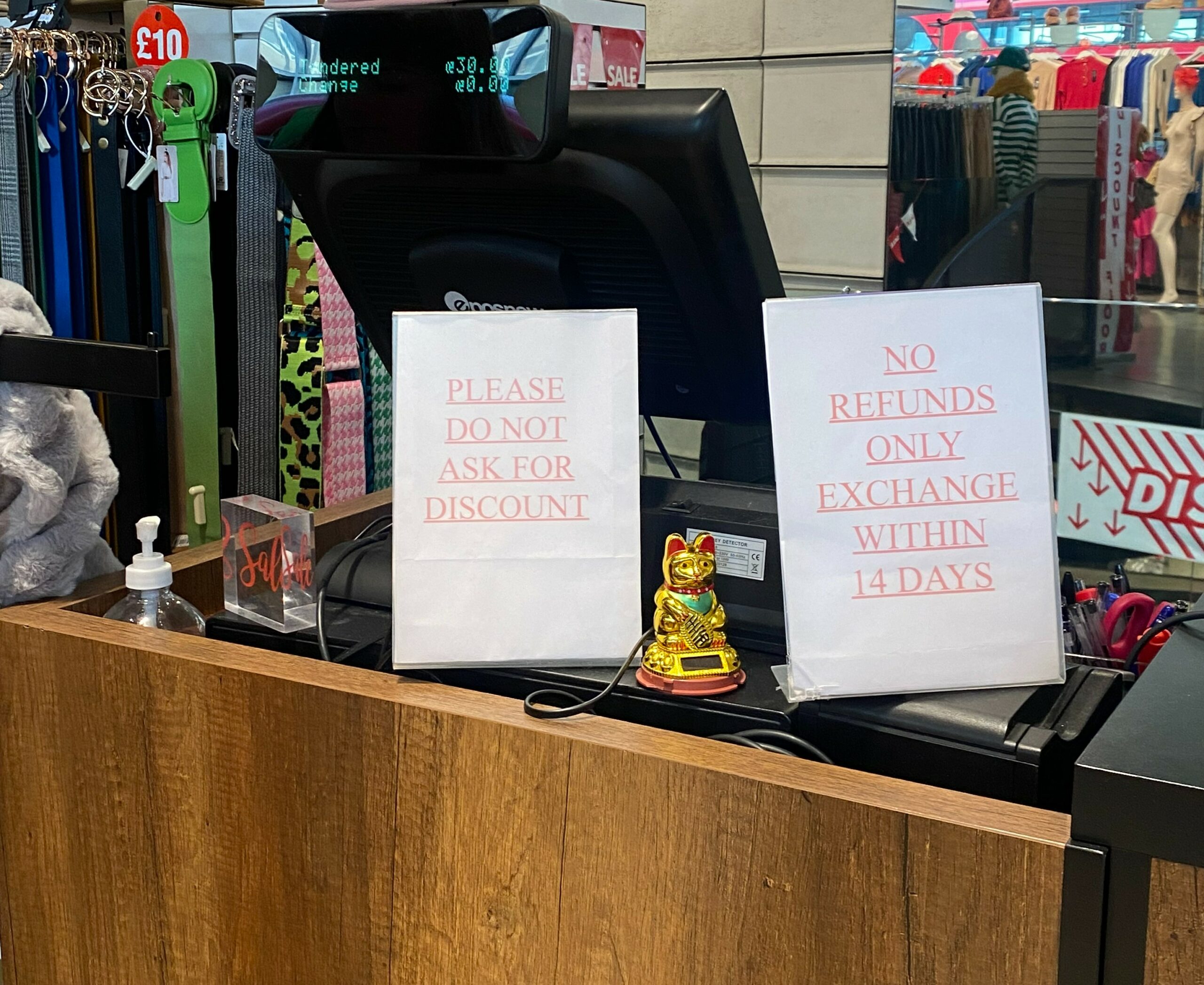
When it was trading, Mina London’s interior was incredibly similar although the store’s upper levels were blocked off by shoe boxes and mannequins, and its lower ground floor looked more like a storage unit, housing piles of boxes and suitcases.
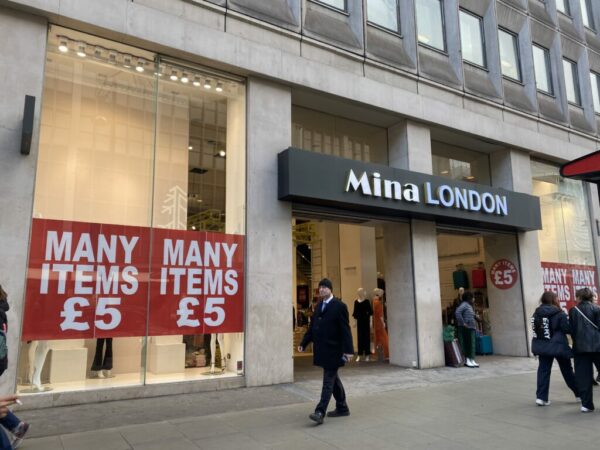
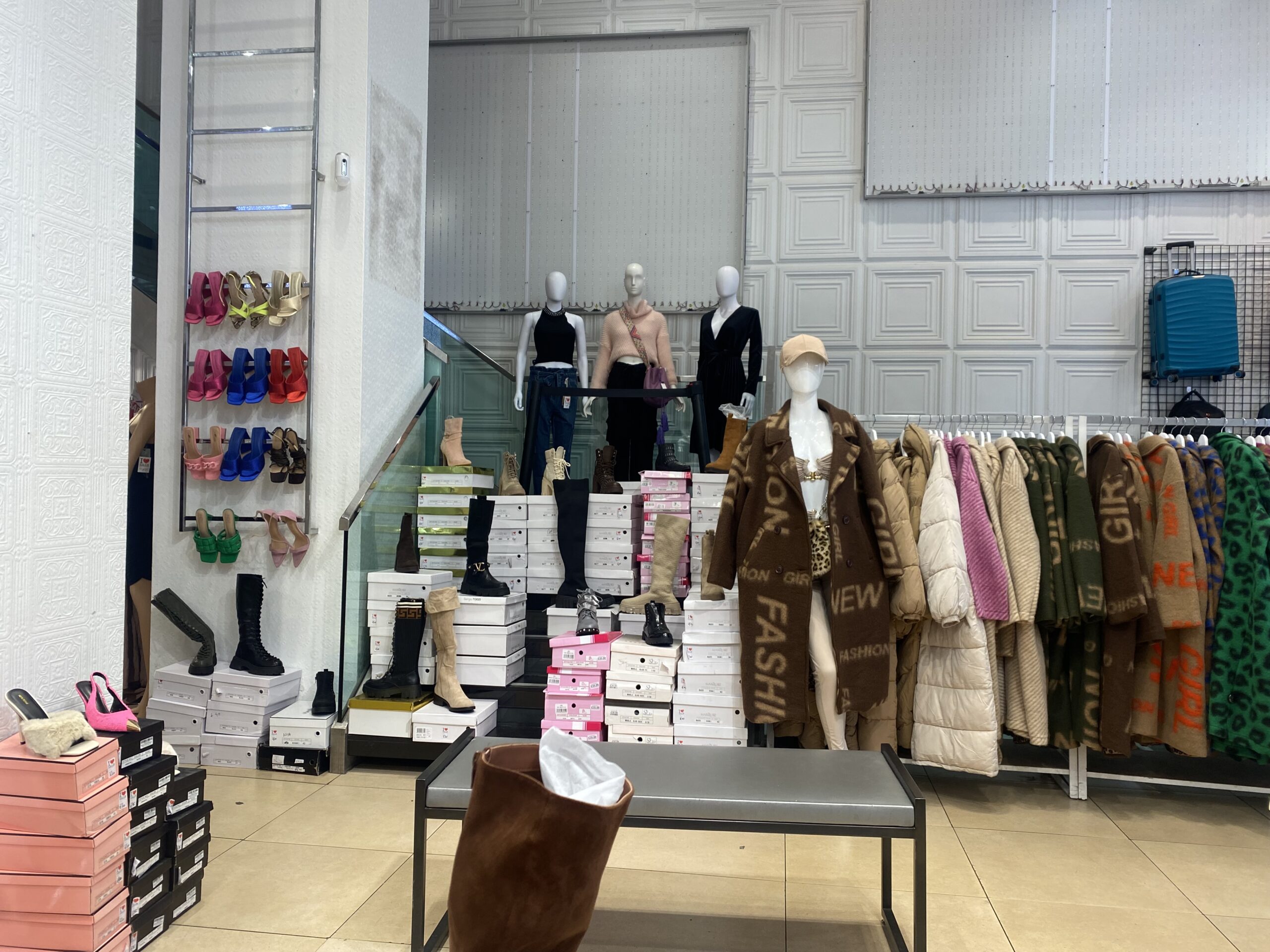
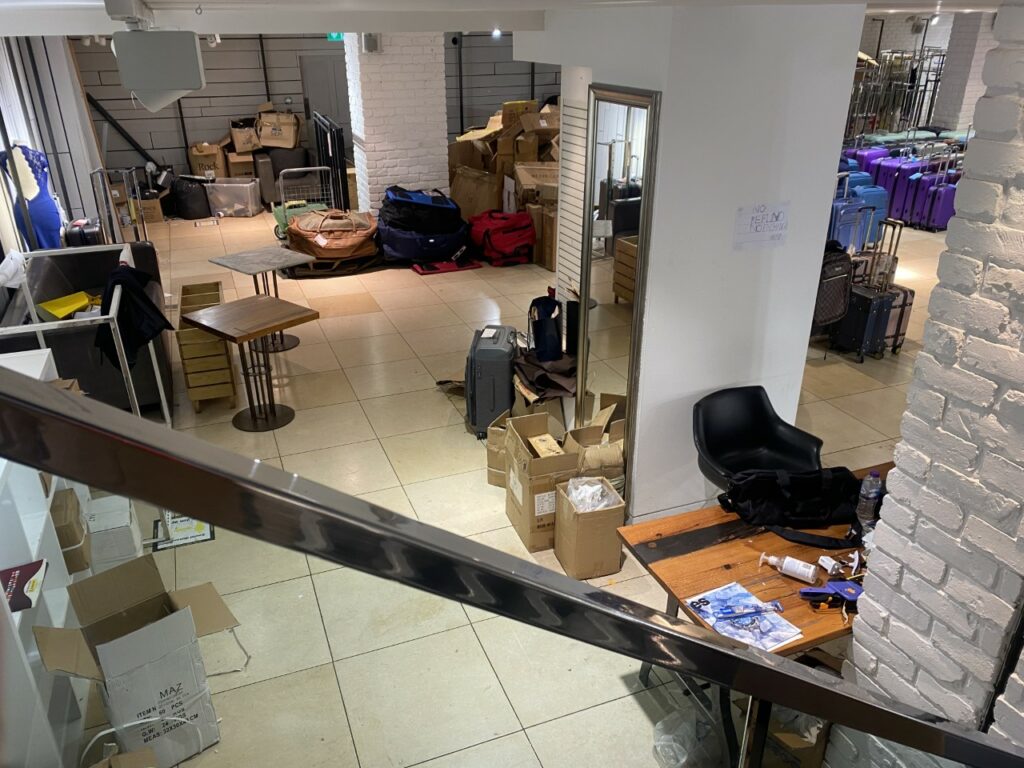
How have such unkempt stores managed to open in what is considered UK retail’s most prime location, within spitting distance of John Lewis’ Oxford Street flagship?
Retail property expert Jonathan De Mello explains: “Oxford Street has totally fragmented ownership and as such a lot of landlords trading on the street tend to let their property to the highest bidder rather than think about what is right for the street as a whole.”
De Mello says there is also pressure on landlords to fill vacant spaces to avoid paying business rates if the building has been vacant for three months.
When a property has been left empty for some time, business rates liability transfers to the landlord, he explains.
The new American candy stores?
Oxford Street is not be looking its best right now. Just this week data from Local Data Company (LDC) and Retail Week revealed it has more empty units than the average British high street.
Are stores like Mia and Mina London putting off high-profile brands from opening on the famous shopping street?
“Absolutely, yes,” says De Mello.
“The lack of adjacency strategy, presence of a plethora of undesirable brands, and high costs to trade all combine to discourage brands from trading on the street.”
De Mello says many big retail brands are now looking elsewhere in the West End, with Regent Street a preferred location.
“Regent Street is expensive too, but the tenant mix is much higher quality and more cohesive,” he adds.
However, American candy stores are not just unsightly neighbours. There is something more sinister going on, from business rates evasion to counterfeit goods being sold and allegations of money laundering rife.
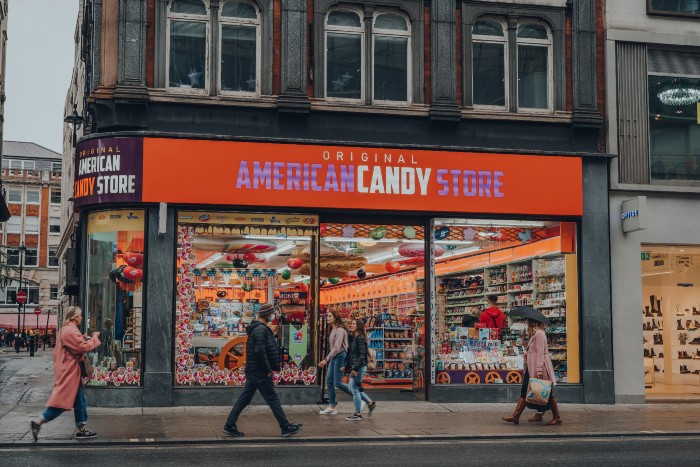
Westminister Council describes such stores as far from regular and legitimate businesses with very few serving sufficient customers to be commercially viable.
Although there is no evidence that these cut-price fashion brands have not paid business rates, the fact that Mina London has been shuttered, with a ‘take notice’ sign from a firm called Debt Squared informing that “the premises have been secured on the authority of the owner” plastered over its frontage, does raise questions.
What can be done to stop retailers like this cropping up on Oxford Street?
Not much, according to De Mello, who adds “unless the landlords themselves are also held accountable”.
“It is hard to enforce this though,” he stresses, “given they are just trying to let their properties.But they must clearly not be doing much due diligence on their tenants.”
This is not just hitting landlords but Oxford Street as a whole. The decline of the famous shopping street is a sad sight to see.
Click here to sign up to Retail Gazette‘s free daily email newsletter

